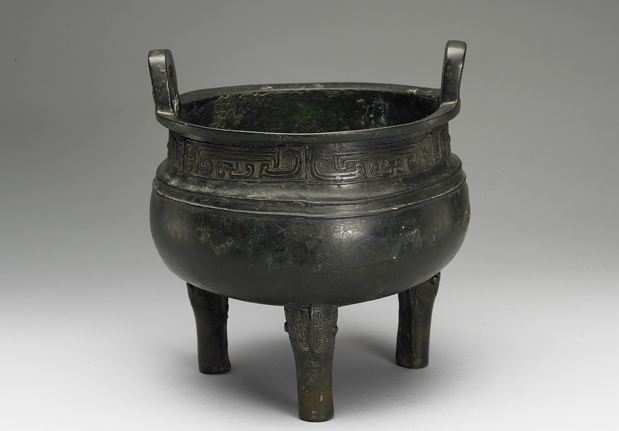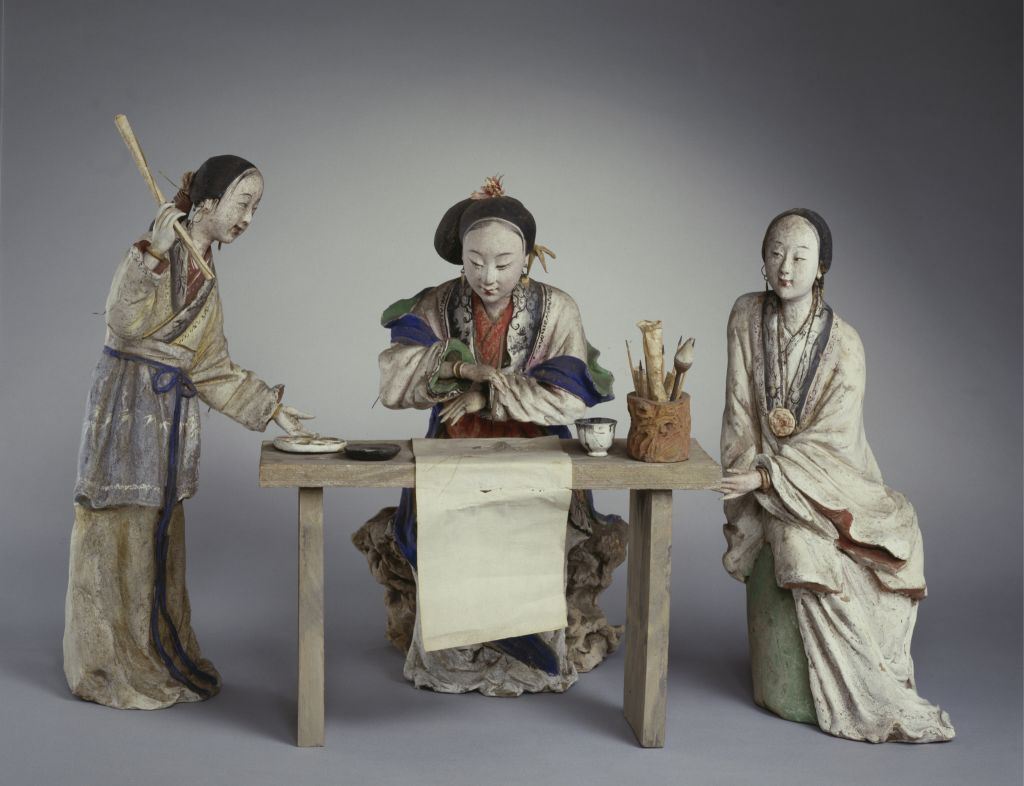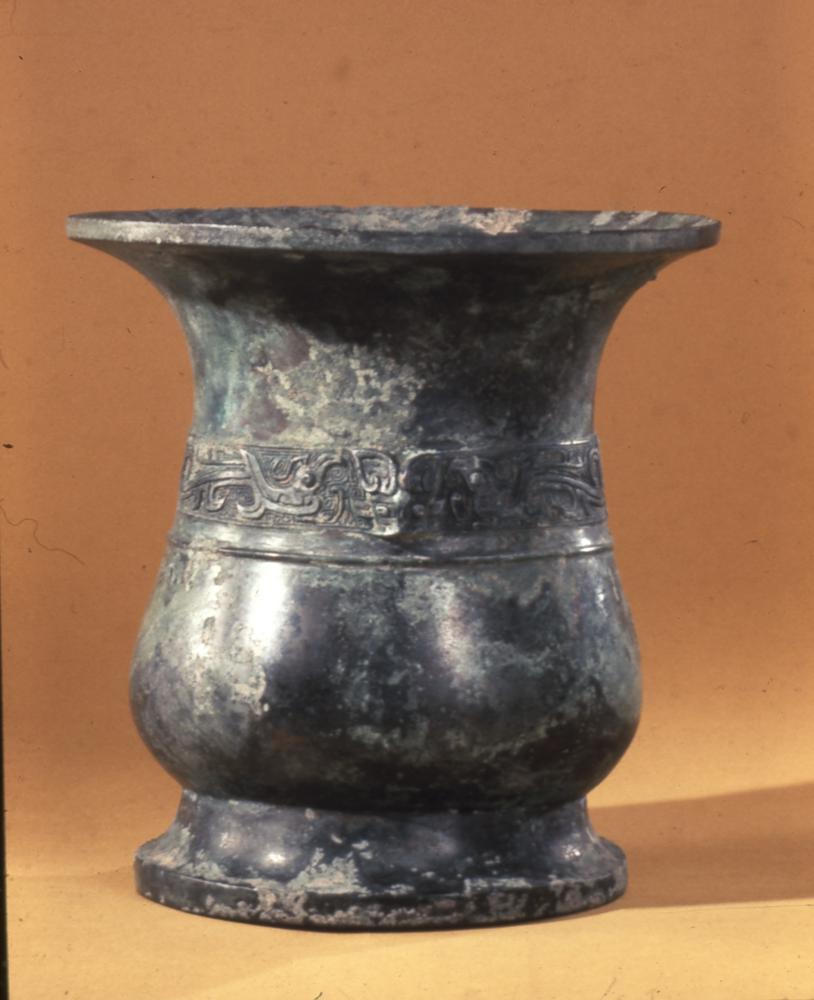[Ouyang Inquire in regular script, Bu Shang Shu Tie Page]
Bu Shang Shu Tie Page, Tang Dynasty, Ouyang Inquire Book, paper book, album, 25.7cm vertically, 16.5cm horizontally, regular script, 6 lines of 53 characters
Interpretation:
“Bu Shang finished his study and saw Confucius. Confucius asked what was the book about. Shang said that the book’s theory of things was as clear as the sun and the moon, and the separation was like the misdeeds of Shen Chen. Those who were influenced by the master’s mind were not afraid to forget.”
This passage is seen in the Great Biography of Shang Shu, a dialogue between Confucius and his disciple Bu Shang. Ouyang Xun should have written the manuscript that year, which was included in the fifth volume of “Essays Department – Reading” of his “Art and Literature Collection”. Compared with historical books, there are differences in the individual characters in the post
Bu Shang, a disciple of Confucius, was born in the Spring and Autumn Period. The teacher is Confucius, and there are often discussions and questions between teachers and students, which is very philosophical
This post is a double-hook outline with fresh ink. From the perspective of calligraphy, the brushwork is rigorous and vivid, and the beginning and end of the stippling are strengthened with square cutting and hard folding. In his later years, Ouyang Xun integrated the characteristics of the northern stele into the style of Erwang calligraphy, and compatibility with the north and south is the unique feature of the “European style”. This is one of Ouyang Xun’s representative works
This post was collected in the Xuanhe Imperial Mansion of Emperor Huizong of the Song Dynasty, owned by Anqi in the Qing Dynasty, and later incorporated into the Qianlong Inner Mansion, and included in the volume of “Dharma Book Grand View”
Records of Clouds and Mists Passing through the Eyes by Zhou Mi of the Song Dynasty, Collection of Paintings and Calligraphy in Shigutang by Bian Yongyu of the Qing Dynasty, Collection of Paintings and Calligraphy in Shigutang by Wu Sheng, Collection of Paintings and Calligraphy in Moyuan by An Qi and other books.
![图片[1]-Ouyang Inquire Xingkai Book Book-buying Business Book Sticker-China Archive](https://chinaarchive.net/Tang dynasty/model calligraphy/764.jpg)





